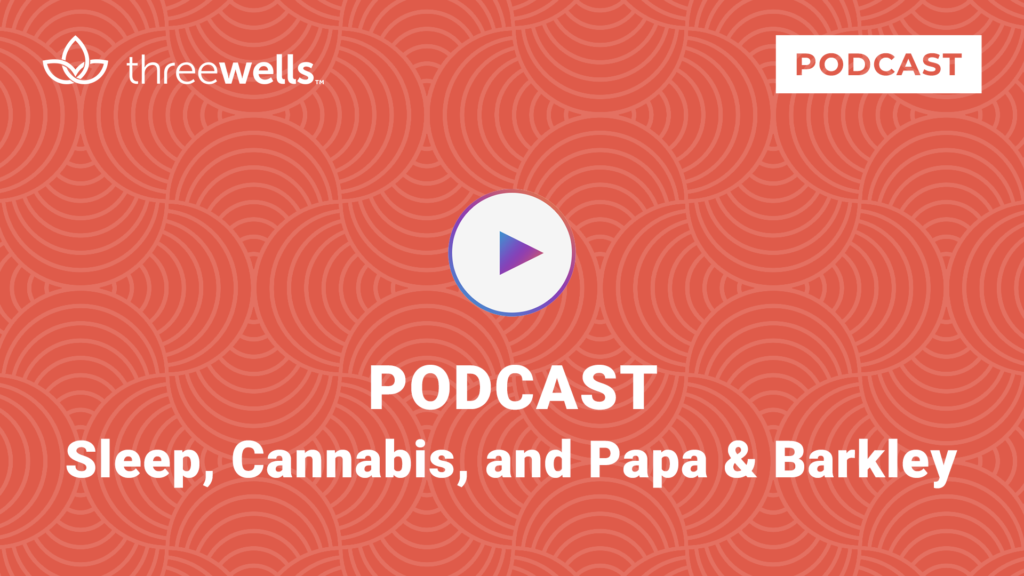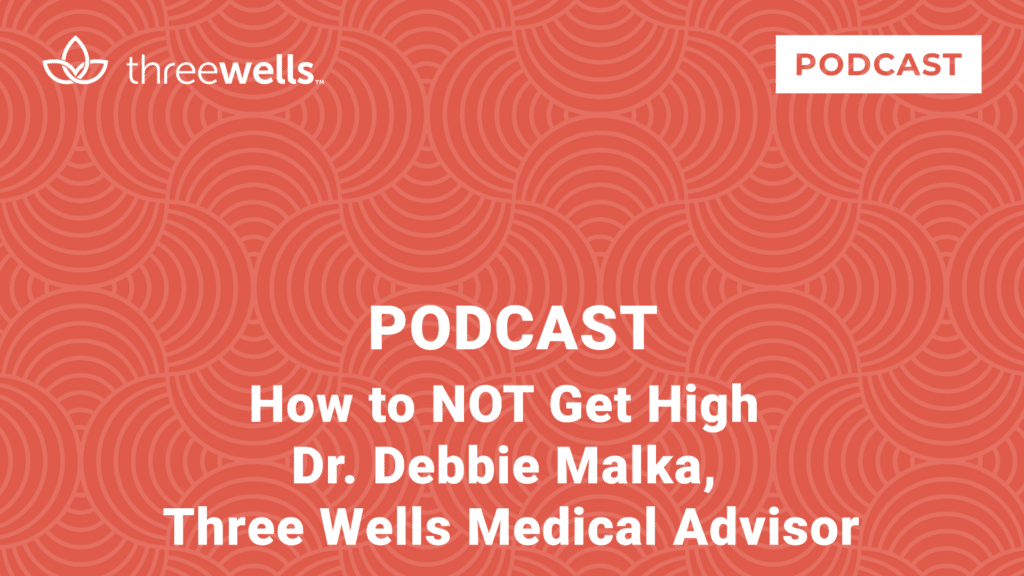A Medicinal Guide into the Origins and Uses of Cannabis Cannabinoids
The use of medical marijuana has age-old roots. Texts and even residuals of the cannabis plant date back to ancient China, Egypt, Greece, India/East Asia, and the Netherlands. For centuries, civilizations across the globe have recognized and used the medicinal properties of the plant without truly knowing or understanding the molecular methodology of its power. But now, thanks to modern technology, we can study and validate the myriad of medicinal benefits from the cannabinoids in cannabis. This is especially relevant to people interested in medical marijuana for adults.
What’s in There Exactly?
The cannabis plant contains more than 60 naturally occurring, active compounds called cannabinoids. Of those compounds, Cannabidiol (CBD) and Tetrahydrocannabinol (THC) are the most common. They are the two terms you hear most when discussing the active compounds in the plant. Both THC and CBD interact with the body through the endocannabinoid system (ECS), a physiologic system that regulates all the basic functions and patterns of our body including appetite, immunity, inflammation, memory, metabolism, mood, pain and sleep, among others. The ECS, when running smoothly, plays an important role in our overall health and wellness. When it is out of sync, we can experience side effects and other medical conditions, including inflammation and anxiety. CBD and THC work within the ECS system to naturally help our bodies find and maintain equilibrium. However, while THC and CBD both interact with the ECS, any similarities between the two end there. Once each compound engages with the ECS, their behavior and results differ entirely.
It’s Like the Difference Between Rock and Baroque
As a grownup learning about cannabis, you may already know that THC causes the euphoric, psychoactive effects felt when consuming it, and CBD does not. You may also have heard from a friend that CBD has “all those health benefits, but CBD doesn’t produce the same effects as THC.” Chances are you already know someone who takes CBD for a medical condition, maybe for their psoriasis or sciatica. But did you know that THC can help with nausea, and CBD can help with migraines? Do you know why?
THC and CBD for medicinal use affect people differently on physiological, mental, and physical levels. It all begins with their place of reception in the body, and let’s get into the science of it all.
Breaker-Breaker, We Got Us a Caravan.
Remember the CB radio craze back in the (pre-cellphone) day when it seemed everyone was using a CB radio in their car acting like Joe D. Trucker? Well for humans, CB1 receptors are primarily found in the brain, central nervous system, and glands. Within the brain, they are found in the areas that regulate memory, motor coordination, physical movement, appetite, and emotion. When THC is introduced into the body, it bonds with these receptors – providing quick and potent relief from pain, nausea and even depression, creating euphoric feelings.
THC is Psychoactive
As we mentioned earlier, THC is responsible for most of the euphoric effects that a person feels when consuming traditional cannabis. Additional terpenes (compounds found in all plants) and cannabinoids can considerably modify these effects. This is why different cannabis strains produce different results. Find a medical expert and talk to them about what might work best for your adult medical marijuana needs.
THC Works with the Mind to Relax the Body
When THC binds with receptors in the brain, it stimulates the release of dopamine, a natural neurotransmitter that creates a sense of euphoria, relaxation, and facilitates pain relief. Long distance runners are familiar with it, commonly known as the “runners high.”
THC can help with:
CBD Molecules Interact with Different Receptors
CB2 receptors are associated with our immune system and are primarily found in our intestines, spleen, and brain. When CBD enters the body, it reacts with a G protein-coupled receptor providing, among other benefits, powerful and long-lasting relief from chronic illnesses related to inflammation such as Crohn’s Disease, Multiple Sclerosis (MS) and Amyotrophic Lateral Sclerosis (ALS).
CBD is Non-Psychoactive
Again, while CBD produces a variety of physiological effects, it does not contribute to the “high” feeling. In fact, CBD can actually counteract the euphoria of THC, taking the edge off the intensity of the experience. Yin meets Yang.
CBD Helps the Body and Brain in Amazing Ways
CBD interacts with the body’s ECS to produce medicinal effects that range from pleasant to profound. CBD can keep the immune system functioning and control inflammation in our central nervous system. These two actions help keep our bodies working in a state of homeostasis, maintaining the body’s proper internal environments such as temperature and fluid balance. Further, CBD is a known neuroprotectant, meaning it helps preserve the structure and function of neurons and brain tissue. Many diseases involve the breakdown of neurons in specific regions of the brain, so keeping them as healthy as possible can be a key to well-being and health.
CBD helps with:
It’s also demonstrated substantial promise with epilepsy, tumors, menstrual and menopausal side effects, and ADD/ADHD.
How Can You Consume CBD and THC?
Now we’re merging back into similarities. Did you know that THC and CBD can be ingested together or separately, and there are many ways to consume them?
Here’s a quick summary:
Smoking
Same as it ever was. Roll it as a joint or blunt, or put it in your pipe and smoke it. Bongs (large pipes containing water) fall into this method as well
Vaping
This uses technology to burn dry herb or vaporize oil extracts using a vape pen or a larger vaporizer. You inhale vapor, not smoke, and it may be a safer alternative to smoking.
Sublingual
Tinctures (drops) or small pills are placed directly under the tongue.
Edibles
Cannabis can be consumed by eating it. Gummies, brownies, cookies, and candies are all very common. Eating it raw is not all that effective and besides, you may need to floss afterward.
Topicals
Think lotions or salves. Topical remedies are used more often with CBD extracts, as the skin contains more CB2 receptors (CBD) than CB1 receptors (THC).
Why You Keep Hearing About Hemp CBD
In reality, there are actually two forms of cannabis, the traditional plant that includes THC, and Industrial Hemp, which essentially does not. That is the primary difference between these botanical cousins.
Traditional cannabis plants are cultivated and grown to produce specific desired effects. Each strain includes a sequence of cannabinoids and terpenes that work together to enhance calmness, relaxation, energy, creativity, and other results. Traditional cannabis includes the full spectrum of cannabinoids, including THC and CBD. While the levels and ratios of each vary strain by strain, these plants contain both cannabinoids.
As society (and to growing extent, science) has come to appreciate the medicinal properties of CBD, cultivators are growing hemp in order to extract the CBD from it. High-CBD but ultra-low THC strains of hemp are commonplace as changes in federal law over the past ten years permits more hemp cultivation. However, this does not mean you can just go out and grow unlicensed hemp on the back 40 acres of your farm.
Is Hemp Legal in the U.S.?
Hemp must contain THC levels below 0.3% and if it does, hemp products are essentially legal in all 50 states and Washington, D.C. Most importantly, under certain federal and state laws, CBD products can be produced across the nation, imported from abroad, and sold across state lines. However, if you’re interested in cannabis for grownups, don’t ever confuse a hemp CBD product with high-THC traditional cannabis. It’s only legal in those states and D.C. that allow medical marijuana and adult use.
Cannabis Science is Evolving
The door to discovery has only recently opened when it comes to the different roles THC and CBD play within our endocannabinoid system. As we continue to research the scientific results that cannabinoids produce within our bodies and minds, we will undoubtedly find more ways to reap their benefits. After all, we have been enjoying the medicinal benefits of cannabis since ancient times. It’s about time we keep moving forward.
Please lets us know what you think about this post by commenting below. We’d love to hear from you.



